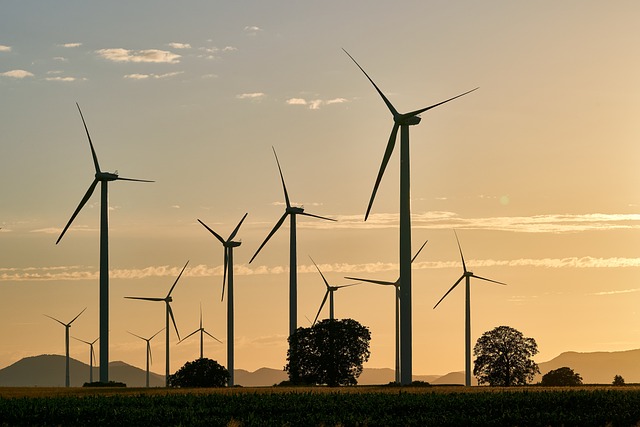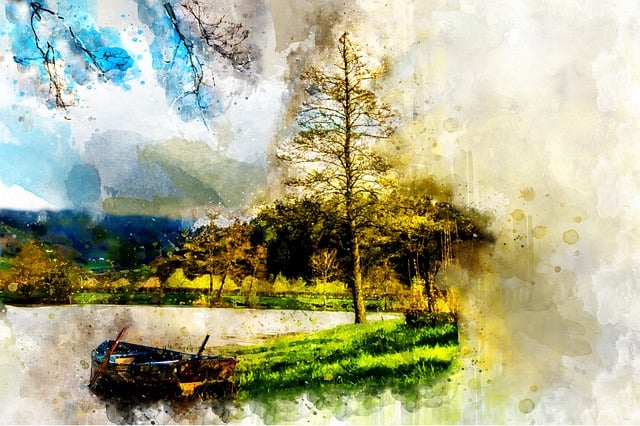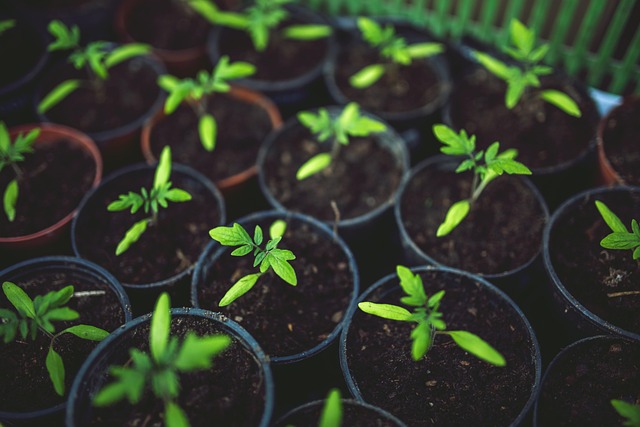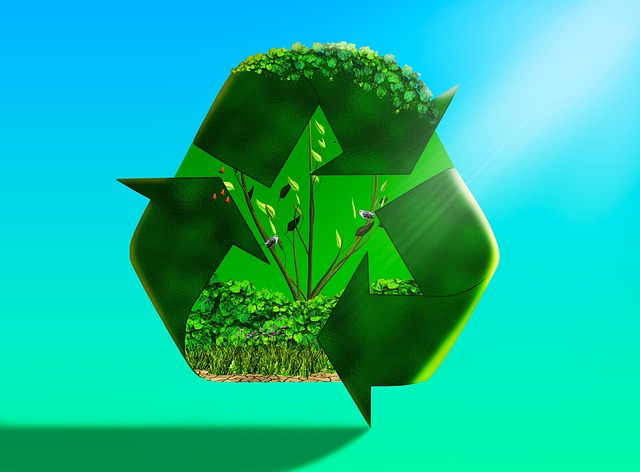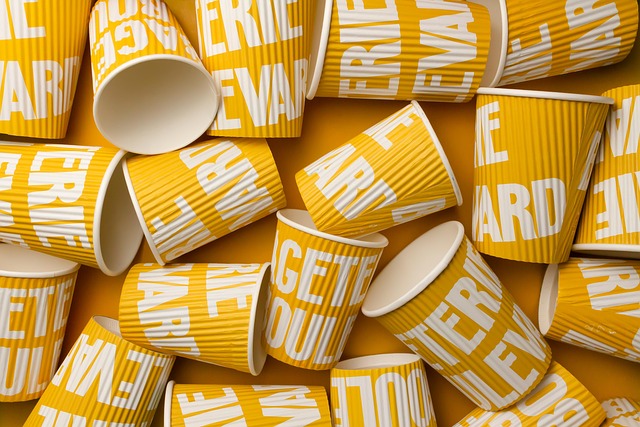In recent years, real estate design has shifted towards low-maintenance concepts driven by environmental consciousness and practical considerations for homeowners. Modern architecture incorporates energy-efficient appliances, smart home technology, and sustainable building materials to reduce operational costs. Landscape design emphasizes native plant species and drought-tolerant gardens, saving time, money, and promoting biodiversity. Developers are adopting these sustainable practices to create efficient, cost-effective, and eco-friendly living spaces that cater to modern lifestyles, reflecting a broader societal move towards simplifying living environments and committing to a greener future. Buyers and renters increasingly prioritize properties with lower maintenance costs and reduced environmental footprints, making energy-efficient appliances and sustainable materials standard in new constructions and renovations.
In today’s competitive real estate market, lower maintenance costs and reduced environmental footprints are becoming key differentiators. As sustainability and convenience gain prominence, the demand for low-maintenance spaces is on the rise. This article explores the trends and benefits of designing with reduced upkeep, from the integration of eco-friendly materials to successful case studies in both residential and commercial properties. We delve into the environmental advantages, financial savings, and long-term sustainability implications, highlighting how these practices contribute to a greener future while attracting savvy investors.
Trends in Low-Maintenance Real Estate Design
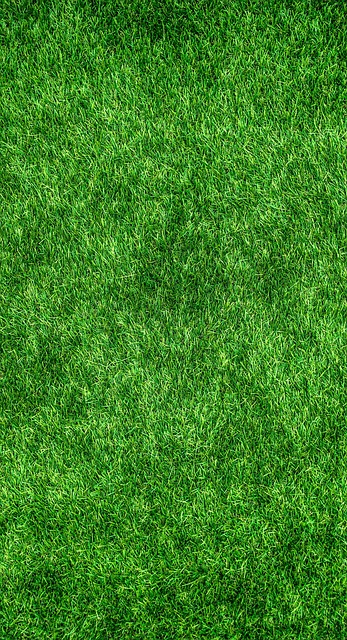
In recent years, there’s been a noticeable shift in real estate design towards low-maintenance concepts. This trend is driven by both environmental consciousness and practical considerations for homeowners. Modern architecture now incorporates features such as energy-efficient appliances, smart home technology, and sustainable building materials that reduce long-term operational costs. For instance, rooftop solar panels and insulation technologies help cut down on utility expenses, while water conservation strategies like low-flow fixtures and greywater systems contribute to a smaller environmental footprint.
Additionally, landscape design is evolving to embrace native plant species and drought-tolerant gardens, minimizing the need for frequent watering and chemical treatments. These low-maintenance landscapes not only save time and money for homeowners but also promote biodiversity by providing habitats for local wildlife. As cities and towns grapple with urban growth and infrastructure strain, real estate developers are increasingly adopting these sustainable practices to create more efficient, cost-effective, and eco-friendly living spaces that cater to the modern lifestyle.
– Exploring the rise of low-maintenance spaces

In today’s evolving landscape of real estate, there’s a growing trend towards low-maintenance spaces that cater to modern lifestyles. This shift is driven by several factors, including the desire for easier living and a heightened awareness of environmental sustainability. Developers and homeowners are increasingly recognizing the benefits of minimalist designs that reduce resource consumption and cut down on upkeep costs. Low-maintenance spaces often incorporate energy-efficient appliances, smart home technology, and water conservation methods, making them both cost-effective and eco-friendly.
The rise of this trend reflects a broader move towards simplifying living environments, aligning with the digital era’s focus on convenience and efficiency. In terms of real estate, this translates into more interest in low-maintenance communities and homes that offer a better balance between lifestyle and upkeep. As environmental consciousness grows, these spaces are not just practical choices but also symbolic gestures toward a greener future.
– Key features and materials that reduce upkeep
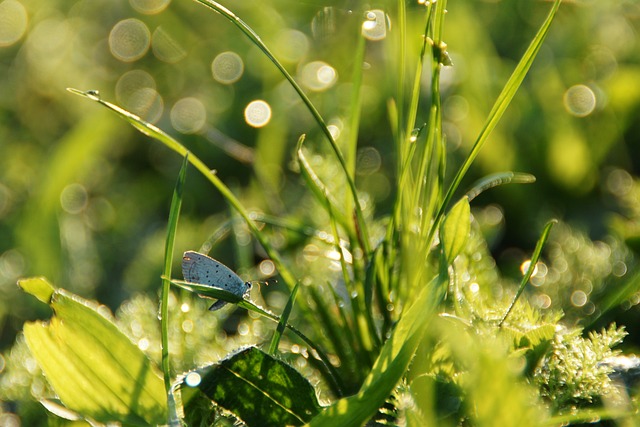
In today’s real estate market, buyers and renters alike are increasingly prioritizing properties with lower maintenance costs and a reduced environmental footprint. Key features driving this trend include energy-efficient appliances and systems, such as LED lighting, smart thermostats, and high-efficiency HVAC units. These not only minimize utility bills but also contribute to a smaller carbon footprint.
Additionally, sustainable materials like low-VOC paints, recycled flooring, and water-efficient fixtures are becoming standard in newer constructions and increasingly sought after in renovations. These materials require less upkeep, save on water and energy costs, and contribute to a healthier indoor environment. This focus on sustainability also extends to exterior features, with landscapes designed for minimal water usage and native plant choices that attract local wildlife, further reducing maintenance needs and environmental impact.
